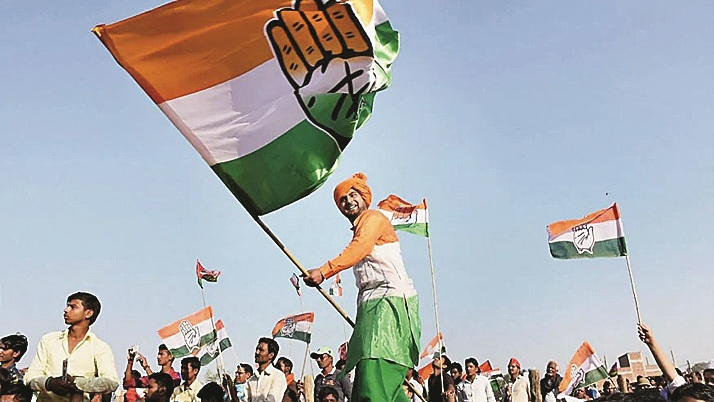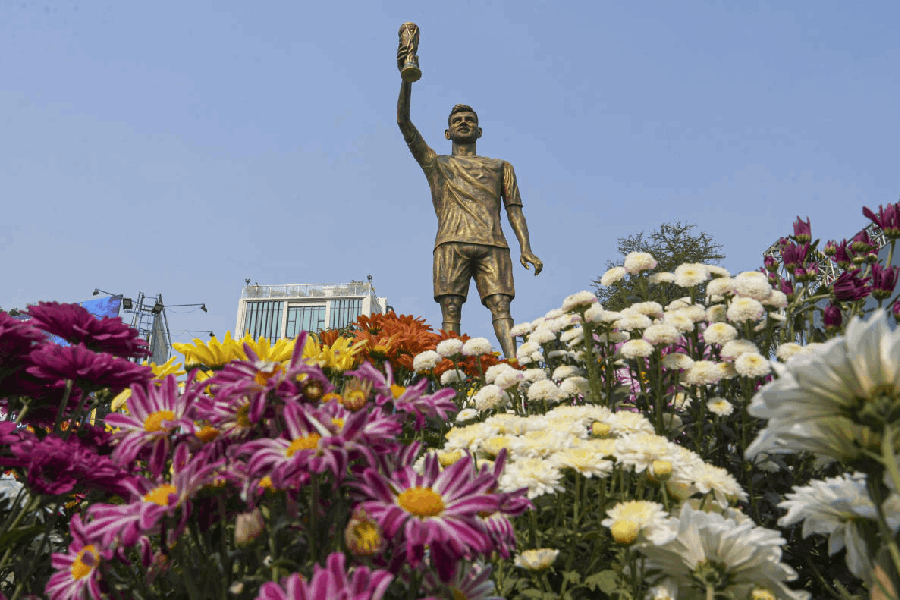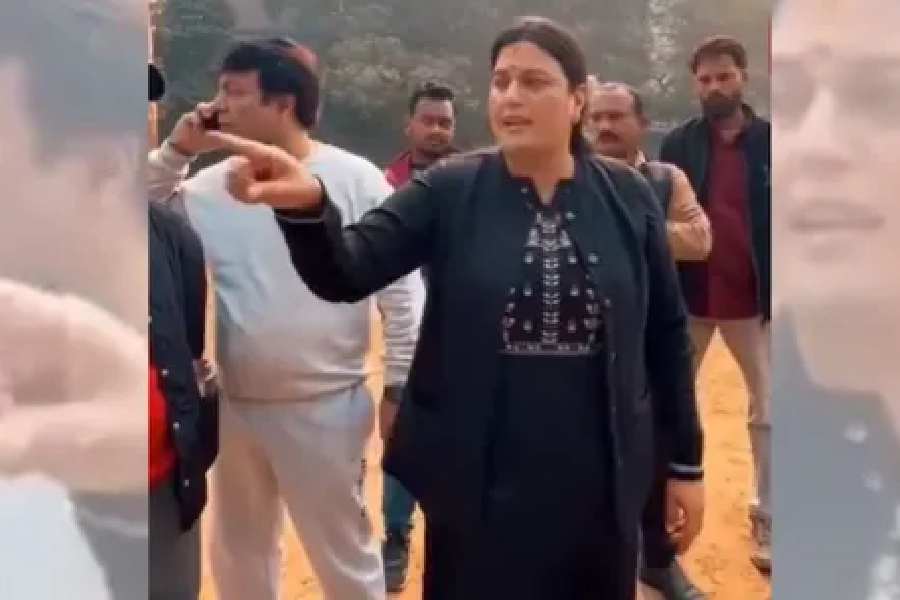Book: Realpolitik: Exposing India’s Political System
Author: Mamta Chitnis Sen
Publishers: Sage/Select
Price: Rs 495
Why and how do ordinary people join political parties in India? These are the two questions that Mamta Chitnis Sen explores here. Based on an array of detailed case studies of political party workers across many states, Chitnis Sen offers some interesting insights. Most people join political parties based on material self-interest rather than ideological inclination, she argues. The process of induction and advancement in political parties is mediated more by personal relationships with powerful leaders than an abstract notion of performance.
This book is a valuable addition to political science literature as grass-root workers remain an extremely understudied topic. In the age of social media and television spokespersons, it is forgotten that it is the humble party worker who is the face of the party on the ground and the foundation of a party’s organizational strength. Chitnis Sen deftly fleshes out the key role played by party workers in everything — from election campaigning, organizing rallies, managing funds, spreading the party’s message to acting as a vital communication link between the party and the people. The lamentation of workers across parties at being neglected runs across the pages of this book, as does the nostalgia for a simpler time when leaders listened to, and cared for, workers.

Realpolitik: Exposing India’s Political System by Mamta Chitnis Sen, Sage/Select, Rs 495 Amazon
However, this is a book of limited ambition. The author does not delve into a detailed study of the differences among ideologically-regimented parties, caste/community-based parties and umbrella parties. What are their respective strengths and weaknesses in terms of organizational set-ups? There is not much engagement with academic literature on party organization, nor a sustained analysis of how technological and political changes over the last few decades have changed the role of the party worker. Some of the conclusions seem to be uncritically based on the potentially biased observations of party workers, such as the supposedly harmful role of caste politics in democracy.
Notwithstanding these limitations, this is an admirable effort to bring party workers to the centre of political analysis, and contains some fascinating interviews with them. This will be a useful read to anyone interested in how party machineries operate at the ground level.










